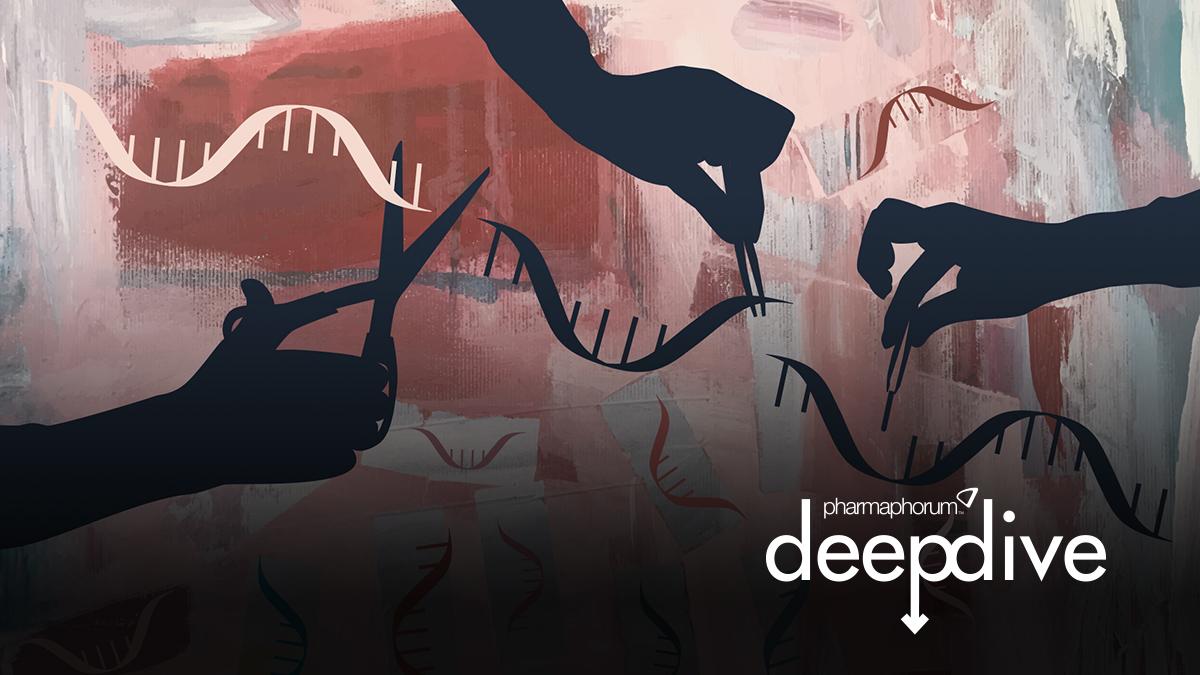Decoding life: Key milestones in the CRISPR odyssey

The story of CRISPR’s development, from its humble beginnings as a bacterial defence mechanism to its current status as a groundbreaking tool for gene editing and beyond, is a fascinating journey through scientific discovery and innovation, illustrating the collaborative and cumulative nature of research.
Initially observed as peculiar sequences in microbial genomes, CRISPR’s true potential has been unlocked through decades of curiosity-driven exploration. Following landmark approvals in the UK and US, we reflect on the key milestones that helped to transform a biological curiosity into a powerful tool that promises to revolutionise medicine, agriculture, and beyond.
1987
A sign of things to come
The first sign of CRISPRs emerged in the late 80s, when, while studying a gene in E. coli, Japanese scientist Yoshizumi Ishino and his team stumbled across something unexpected – repeated sequences interspersed with shorter unique ‘spacer’ segments. These ‘Clustered Regularly Interspaced Short Palindromic Repeats’ had never been seen before. Unfortunately, due to a lack of DNA sequence information at the time, the actual biological function of these sequences would remain a mystery for more than a decade.
Of course, this unanswered question didn’t deter scientists from exploring ways to use the information found in CRISPR loci. Just a few years after Ishino’s initial discovery, in 1993, researchers in the Netherlands observed that different strains of Mycobacterium tuberculosis had different spacer sequences between the DNA repeats. Using a technique called ‘spacer oligonucleotide’, the team began to characterise strains based upon their spacer sequences.
• Read the full article in pharmaphorum's Deep Dive digital magazine













